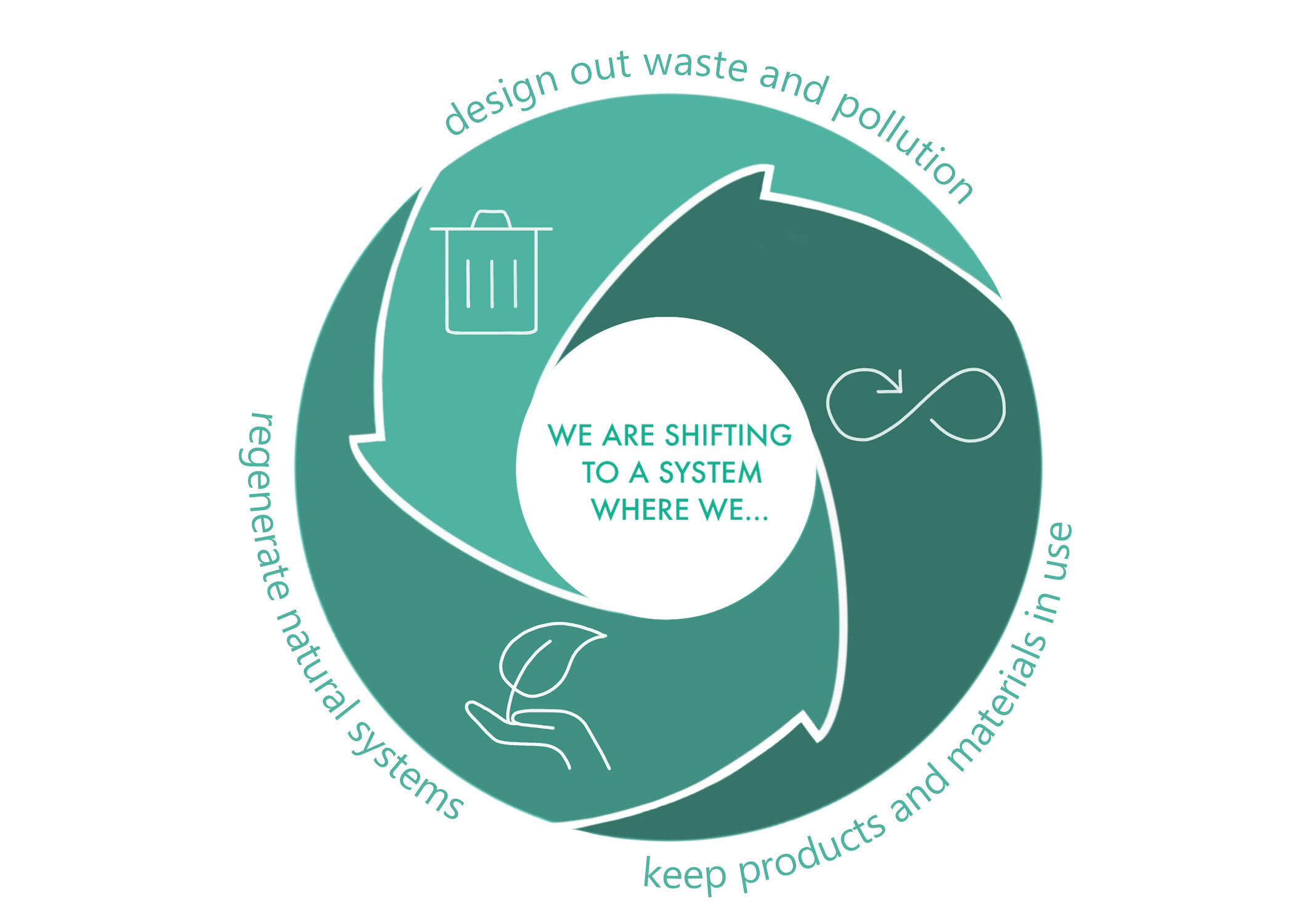Stormwater Flooding: Reduce for a Greater Use
Part of the Community Resilience in Times of Crisis Series
By Justin Lindemann, NCSU Master of International Studies student
As climate change increases the chance of stronger storms and heavier rainfall, the occurrence of harmful flooding events becomes more frequent as well. Whether it’s a tropical storm, hurricane, or a heavier onset of rain, flooding can occur through multiple ways and cause severe problems — from economic damage to loss of life.
In the Triangle, the issue of flooding makes an appearance whenever a storm of some kind has hit and then passed. These storms have gotten worse, bringing more rain and increased intensity due to the warming of the Earth’s global temperatures. For example, Hurricane Florence (2018) brought additional problems to the area as flooding extended beyond the known floodplains. This issue is expected to persist, with inland flooding, heavy precipitation, and extreme runoff, increasing in the decades to come.

Raleigh PD block a flooded road in North Carolina’s capital, after Hurricane Matthew brought several inches of rain. (Tuesday, April 25, 2017) Gerry Broome, AP, Source: USA Today
The flooding events themselves also cause waste runoff to occur, which is the carrying of waste and pollutants that enters our drinking water, creating a concerning combination of polluted floodwaters. Areas that tend to produce more waste runoff are urban and suburban areas, as they have more impervious paved and hard surfaces that water can’t move through easily to be absorbed into the ground.
The waste found in runoff can be anything, from the trash we leave on the ground to the sewage in treatment plants to the chemicals in farming fertilizer. Flooding then carries the waste throughout the affected area and spreads the pollution, eventually hitting our drinking water sources. The Triangle is no stranger to these types of environmental tragedies. For example, Hurricane Matthew’s (2016) rainfall and subsequent flooding struck several wastewater facilities that spread raw sewage into waterways responsible for part of the area’s drinking water.
Flooding is especially detrimental to Black and Brown communities, who already face daily discrimination on top of the damages of environmental racism. Both marginalized communities receive little assistance in response to flood damages, delaying the recovery.
Knowing the effects of flooding and our current climate trajectory, what solutions can be administered that are effective and sustainable in reducing the damage from flooding and flood waste? The answer to that lies in a circular economy; an economic system designed to phase out waste and reduce our impact on the climate.
One principle of circular economy is keeping resources cycling continuously through the same system without degradation. An example of this is the direct potable reuse (DPR) of wastewater, which has the potential to reduce the overflow of reservoirs so cities can capture and control disastrous flooding events. Instead of treating wastewater to a higher standard and returning it to rivers, lakes, and aquifers; DPR is when highly treated wastewater is directly introduced to drinking water treatment plants. Without returning to some sort of basin or body of water where it could be contaminated through flood waste, and impacted by torrential downpour leading to flooding, DPR sidesteps that issue. It can even reduce energy consumption and lead to a lower carbon footprint.
Wastewater has been untapped in its reusability, primarily due to it being dirty and full of contaminants. Promising new technology has the potentiality of undoing that, with one of them being the use of mineral-coated sands, currently being engineered to break down certain chemicals in wastewater. Another is Biochar, a plant/wood material roasted into charcoal, that is being experimented with for the purpose of enhancing the removal of organic pollutants linked to vehicles, insecticides, and herbicides. What makes these solutions part of a circular economy is the reusing of wastewater, thought to be unusable and contaminated.
Another principle of circular economy is regenerating natural systems. An example of this is basin management to promote watershed vitality. A basin is a naturally-formed depression or dip in the Earth’s surface that is sometimes filled with water from various watersheds. Proper management of a river basin, which is one type of basin, ensures shielding from flooding by providing floodplain protection, significantly reducing the risk of flooding and keeping water usage in a circular cycle of reusability. Management can include flood walls, dams, levees, as well as deepening of the river to carry more water. These and many more flood proof strategies also restrict infiltration of flood waste into our freshwater sources, allowing for a longer reusable lifespan.
Nevertheless, waste can still serve as an issue as drenching rain events spread localized waste that contain contaminants difficult to remove from the affected water system. The third principle of circular economy, designing waste out of the system, can be helpful here. It’s important to eliminate any contaminants that would be difficult to remove from water before it gets into the water system. One example of a solution to this is the use of organic fertilizer for agricultural practices, rather than chemical fertilizer which is a large contributor to water contamination. The monetization of local organic waste through municipal-level composting can create a profitable fertilizer market and reduce the possibility of pollution spreading and contamination of freshwater, especially drinking water. This keeps our waterways and freshwater clean, reusable, and circular, which can also reduce water treatment costs after a major storm has passed through.
Coupling the issue of flooding with waste tells a fuller story of the damages that it can bring to the Triangle and the surrounding communities, and a circular economy is exactly the system needed to address it all. Applying circular economic solutions will help the Triangle reduce the destruction left by flooding and the prolonged effects of floodwater pollution.
